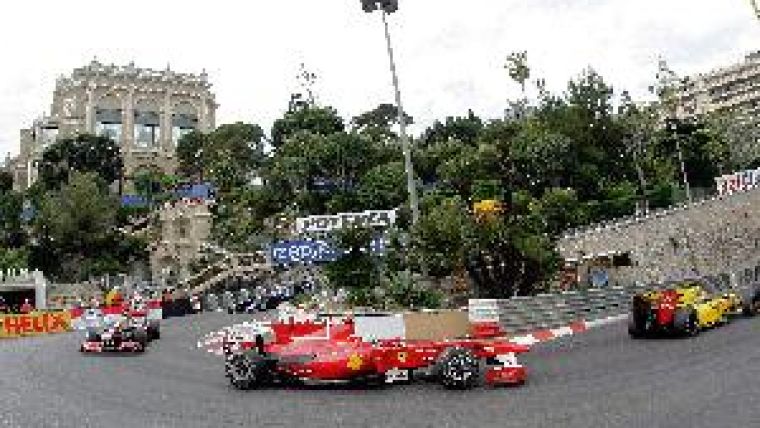Formula 1 and Geomatics
Lidar on Track at Grand Prix
During the month of May, the narrow, winding, bumpy streets of the city centre of Monte Carlo in the Principality of Monaco turn into a 3.34-kilometre racing circuit for the annual Formula 1 competition. Since 1929 the world's fastest cars have been competing on these public roads along a 263-kilometre trajectory. The ‘Monaco F1 Grand Prix' is widely considered one of the most prestigious car races in the world. Together with the ‘Indianapolis 500 mile' and the ‘24-hour Le Mans', it forms the Triple Crown of the three most famous motor races, comparable with the ‘Grand Slam' in tennis. Only one driver in history, Graham Hill, has ever completed the Triple by winning all three races.
Formula 1 training sessions on racetracks are limited by the very expensive precautionary measures needed and the number of safety marshals involved. On public road tracks like Monaco it's impossible even to practice, apart from a few days before the race. For this reason the Formula 1 racing teams, especially the aerodynamic designers and the drivers, use simulators comparable to flight simulators used in the aircraft industry for driver training and testing the best aerodynamic set-up of the car.
In order to create the 3D database used by these simulators, every racetrack is scanned and photographed using state-of-the-art Lidar equipment, gathering data at the highest accuracy possible.
The details of a racetrack on public roads, like Monaco, change slightly each year and, as the drivers push their cars to the limit, every minor bump or shift in allocation of the crash barrier has huge impact when passing at speeds of up to 300 kilometres per hour. Up until a few days before the actual race, geomatic specialists with mobile Lidar mapping systems can be spotted on the racetrack, recording the latest changes.
The photograph on the top of this page shows the F1 car of Felipe Massa in front of a Monaco hotel. The image below shows a Lidar system on a racetrack.

Value staying current with geomatics?
Stay on the map with our expertly curated newsletters.
We provide educational insights, industry updates, and inspiring stories to help you learn, grow, and reach your full potential in your field. Don't miss out - subscribe today and ensure you're always informed, educated, and inspired.
Choose your newsletter(s)
























